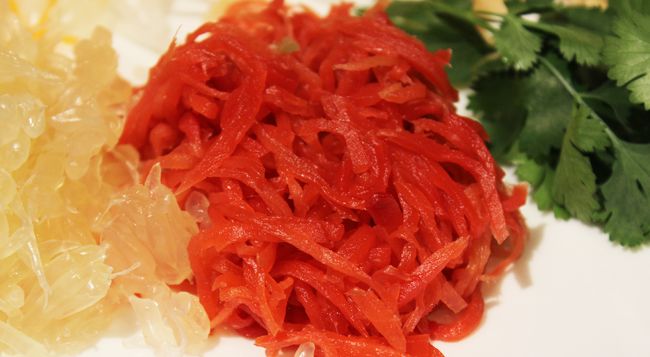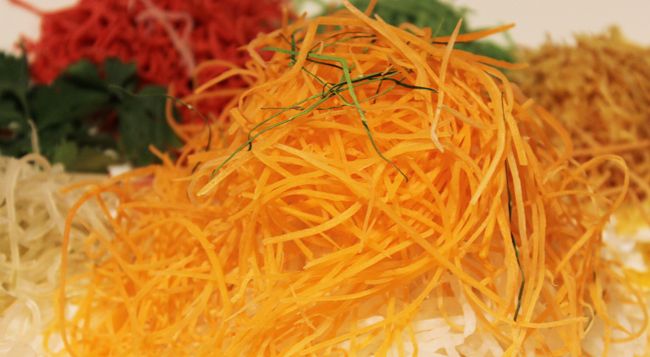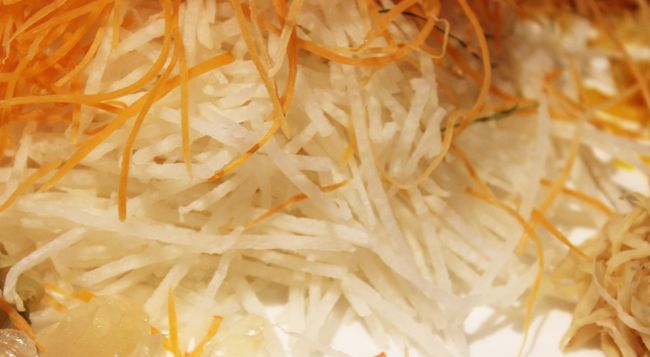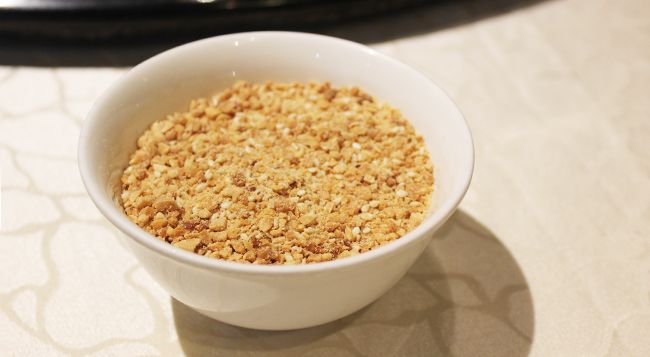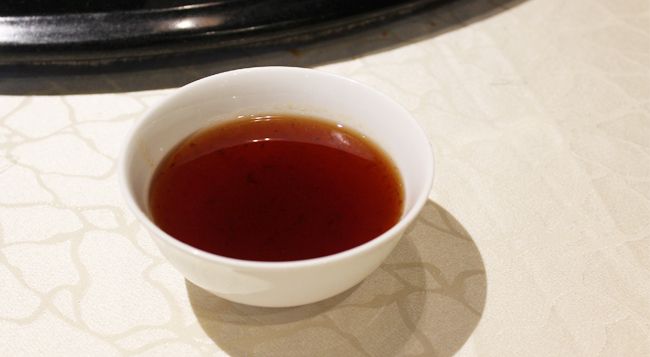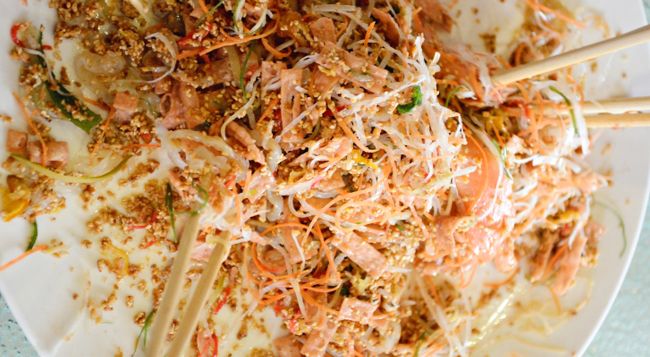We find out how yee sang came about and why this popular Chinese New Year dish truly beholds more than it appears
Chinese New Year wouldn’t be complete without a few key things: angpaus, resplendent reunion dinners, and of course, yee sang. Yee sang has become such an integral part of the Lunar New Year that every year, restaurants across town are getting increasingly creative with their offerings.
But what is the symbolism behind this tossing of a bunch of mixed vegetables laced with seafood? More importantly, who came up with it and what has it got to do with Chinese traditions?
Read more: 8 Chinese New Year snacks and why we eat them
According to Chef Terrence Foong, the executive Chinese chef of Lai Ching Yuen at Grand Millennium Hotel KL, it all started in Melaka, the port where many of the Chinese came into Malaya from back in the day. That explains why it is a tradition practised mainly by the Chinese in the Southern states (predominantly Selangor, Negeri Sembilan, Melaka, Johor, and Singapore); those in Penang and Kedah would have hardly heard of it.
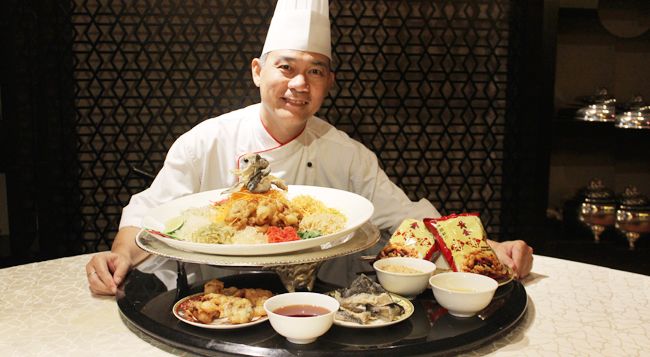
More interestingly, it started out as a poor man’s food. Times were hard back then so instead of having the 8-course dinners we’re accustomed to now, the Chinese made do with vegetables that were easily attainable from their own garden, like leek, carrot, turnip, and cucumber.
These vegetables are chopped up and dressed in equally simple dressings like sweet plum sauce, vegetable oil, salt and pepper to flavour it. To add a bit of yu (bounty or prosperity in Chinese) to the simple meal, they added fish (also called yu) hence the appearance of salmon or some form of seafood in the mix. The thing to note is that the fish has to be raw, or sang in Chinese, because sang also means to grow and prosper.
See also: Chinese New Year: 5 must-have ‘lucky’ dishes and their symbolism
The chosen vegetables weren’t simply picked on a whim. Seven symbolic vegetables can always be found in any yee sang platter.
Read on to find out why each made it to the special mix and why yee sang is a popular Chinese New Year dish truly beholds more than it appears.





